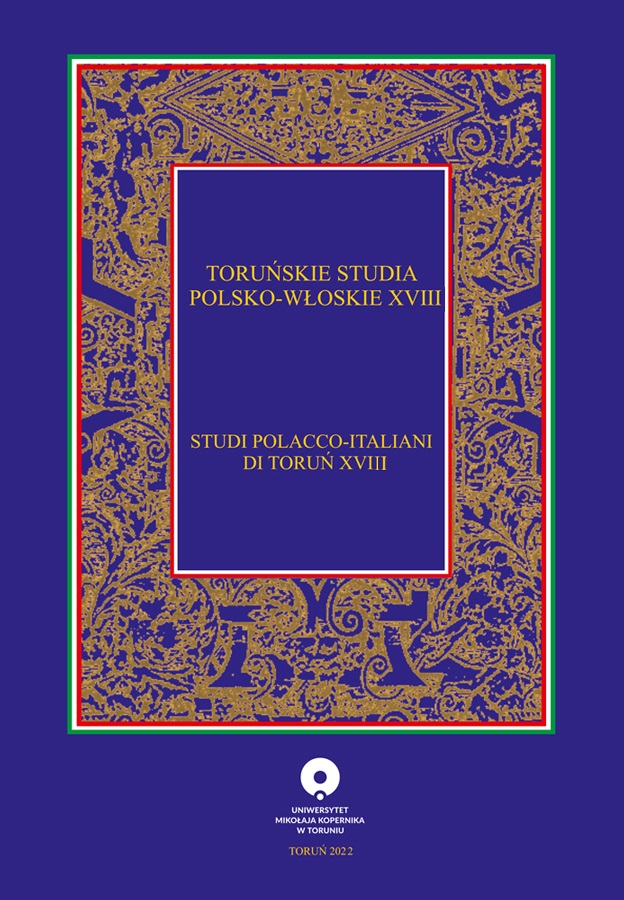Bezpośrednie stosowanie Konstytucji przez sądy w sporach o prawa socjalne funkcjonariuszy służb mundurowych
Słowa kluczowe
prawa socjalne, bezpośrednie stosowanie konstytucji, funkcjonariusze służb mundurowych, redukcja emerytur i rent, Trybunał KonstytucyjnyAbstrakt
W niniejszym artykule poddano analizie, w jaki sposób polskie sądy stosują przepisy Konstytucji z 1997 r. w rozstrzyganiu indywidualnych spraw i kontrowersji. Jako przykład posłużą roszczenia emerytalne środowiska policjantów i innych tzw. formacji mundurowych. Istnieje kilka technik stosowania przepisów konstytucyjnych przez sądy cywilne, karne i administracyjne. Najczęstszą, również w zakresie prezentowanym w niniejszym artykule, jest technika współstosowania przepisów konstytucyjnych i ustawowych. W praktyce często oznacza to, że sąd dokonuje reinterpretacji ustawy w celu zapewnienia jej zgodności z wymogami konstytucyjnymi. Taka "harmonijna wykładnia" może uratować konstytucyjność danej ustawy, ale może również skutkować odejściem od jej pierwotnego tekstu. Podobne techniki mają zastosowanie do interpretacji ustaw w świetle Europejskiej Konwencji Praw Człowieka, jak również w świetle prawa UE. Ostatnie orzecznictwo w sprawach emerytalnych stanowi dobrą ilustrację wykładni harmonijnej i jej kreatywności. Stanowiska wypracowane przez lokalne sądy zostały ostatecznie potwierdzone przez Sąd Najwyższy. Niezależność "zwykłych sądów" w interpretacji konstytucji wzrosła w ciągu ostatnich siedmiu lat z powodu trwającego kryzysu wokół polskiego Trybunału Konstytucyjnego. Niniejszy artykuł jest jednym z przykładów tego trendu, który ostatecznie może poddać w wątpliwość kontynuację kelsenowskiego modelu kontroli konstytucyjności w Polsce.
Bibliografia
Balicki, R. (2016), Bezpośrednie stosowanie Konstytucji. Warszawa: Wolters Kluwer, Krajowa Rada Sądownictwa, nr 4.
Derlatka M. (2019), Constitutional Court and the Constitutional Crisis in Poland. Toruń: XV Toruńskie Studia Polsko-Włoskie.
Derlatka, M., Garlicki, L., Constitutional Court in the Abusive Constitutionalism, www.academia.edu/48911901.
Działocha, K. (red.), (2005), Bezpośrednie stosowanie Konstytucji RP. Warszawa: Wydawnictwo Sejmowe.
Garlicki, L. (1999), Bezpośrednie stosowanie Konstytucji [w:] Konstytucja RP w praktyce. Materiały konstytucyjne. Warszawa: Biuro RPO.
Garlicki, L. (2023), Stosowanie konstytucji przez sądy i trybunały (ile monopolu a ile koncentracji?). „Studia Prawnicze”, nr 1 (w druku).
Garlicki, L., Derlatka, M. (2019), Constitutional Court of Poland – 1996-2018. Gdańsk: Wydawnictwo Uniwersytetu Gdańskiego.
Jaskiernia, J. (2018), Spór o reguły bezpośredniego stosowania Konstytucji RP, [w:] Dookoła Wojtek... Księga pamiątkowa poświęcona Doktorowi Arturowi Preisnerowi, Balicki, R., Jabłoński, M. (red.). Wrocław: Uniwersytet Wrocławski.
Kozak, A. (1999), Konstytucja jako podstawa decyzji stosowania prawa, [w:] Z zagadnień teorii i filozofii prawa. Konstytucja, Bator, A. (red.). Wrocław: Wydawnictwo Uniwersytetu Wrocławskiego.
Lis-Staranowicz, D., Wojciechowicz, J. (2018), Stosowanie Konstytucji RP przez sądy na przykładzie art. 25 ust. 1b ustawy o emeryturach i rentach. Gdańsk: Gdańskie Studia Prawnicze, t. XL.
Mączyński, A. (2000), Bezpośrednie stosowanie konstytucji przez sądy. „Państwo i Prawo”, nr 5.
Nita, B. (2002), Bezpośrednie stosowanie konstytucji a rola sądów w ochronie konstytucyjności prawa. „Państwo i Prawo”, nr 9.
Pyziak-Szafnicka, M. (2020), Trybunał Konstytucyjny a rebours. „Państwo i Prawo”, nr 5.
Tuleja, P. (2003), Stosowanie Konstytucji RP w świetle zasady jej nadrzędności. Kraków: Zakamycze.
Witkowski, Z. (1998), Wejście w życie nowej Konstytucji RP. Toruń: TNOiK.
Wronkowska, S. (2001), W sprawie bezpośredniego stosowania Konstytucji. „Państwo i Prawo”, nr 9.
Pobrania
Opublikowane
Jak cytować
Numer
Dział
Licencja

Utwór dostępny jest na licencji Creative Commons Uznanie autorstwa – Bez utworów zależnych 4.0 Międzynarodowe.
Statystyki
Liczba wyświetleń i pobrań: 691
Liczba cytowań: 0



